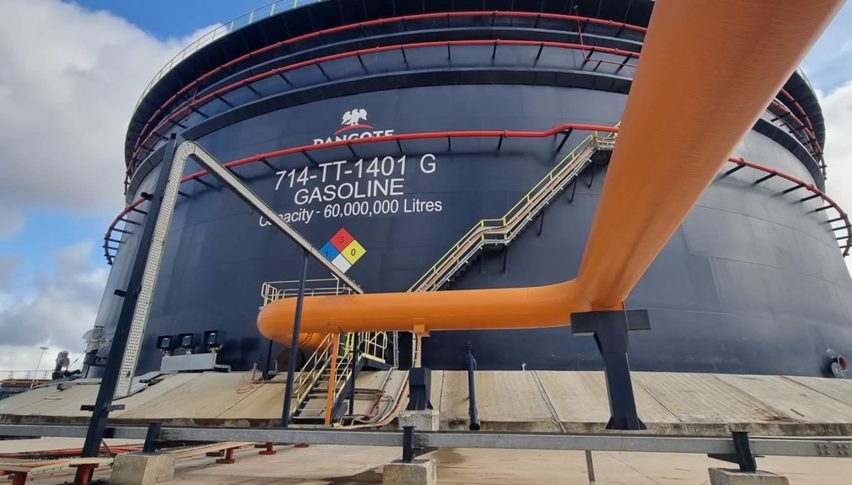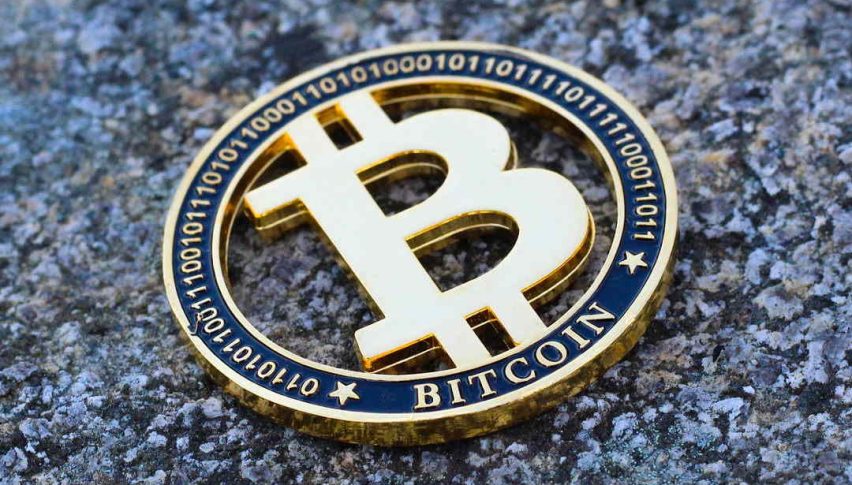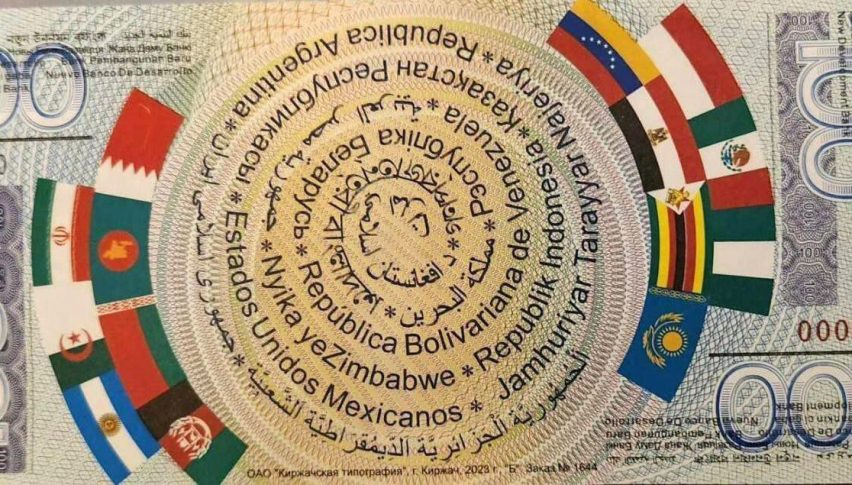The Brazilian Real Appreciates in a Volatile Session
Over the past seven days, the U.S. dollar has recorded a 1.71% decline.
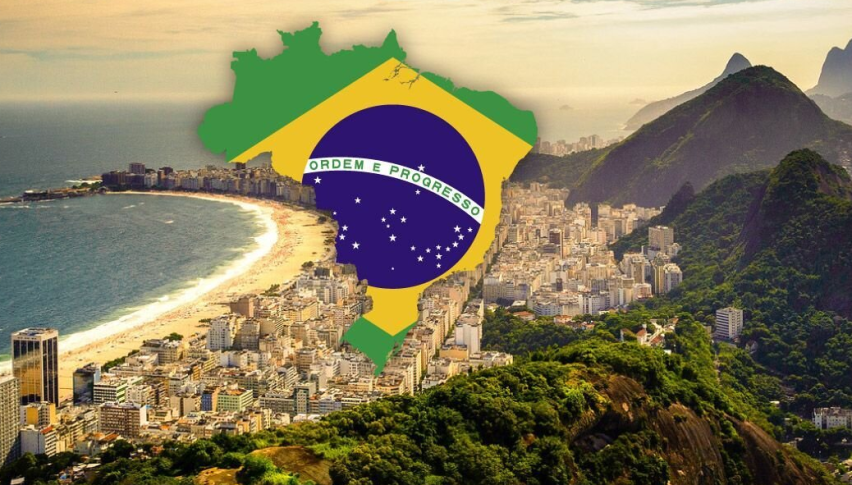
At the start of today’s session, the U.S. dollar was trading at an average of 5.44 Brazilian reais, marking a 1% change compared to the previous session’s close of 5.45 reais.
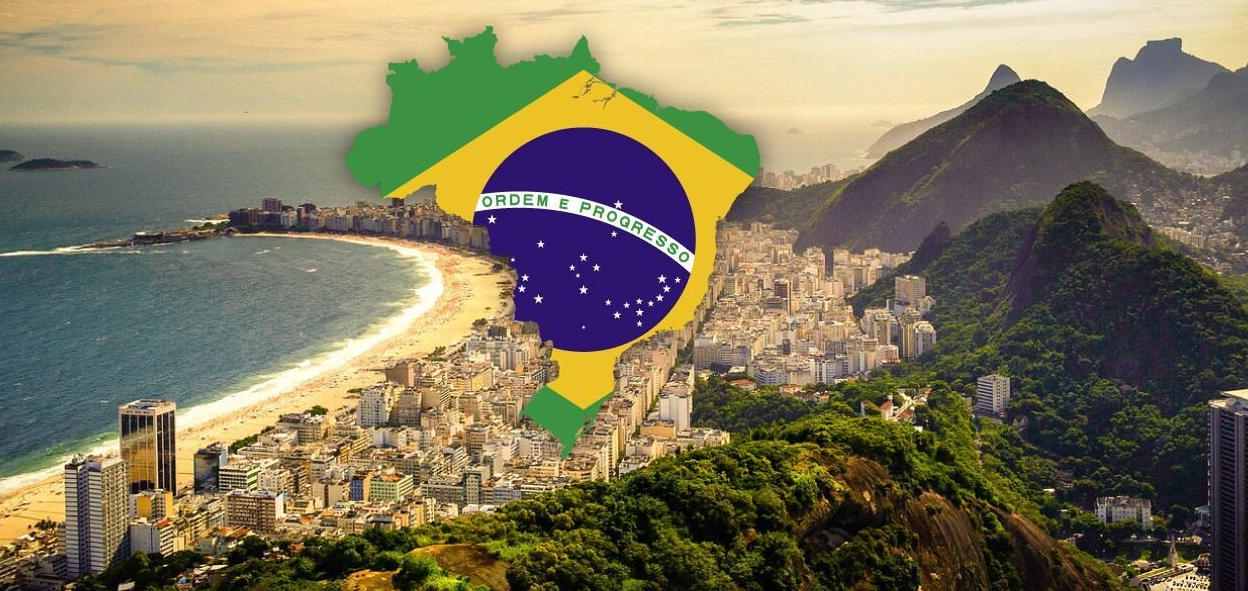
Over the past seven days, the U.S. dollar has recorded a 1.71% decline. However, on a year-over-year basis, it still shows a 5.77% increase.
Brazil’s economy has positioned itself as the fastest-growing in Latin America, driven by the agricultural sector and exports. However, the National Confederation of Industry (CNI) estimates that this year will not see a repeat of that performance due to the lack of a solid foundation.
The CNI predicts that the global economic landscape will prevent the same historic gains as last year, expecting a slowdown of up to 0.2%.
Carlos Kawall, former Brazilian Treasury Secretary, noted that the international scene points to a reduction in interest rates by major central banks and forecasts economic growth of between 1.5% and 1.8% for the South American country.
Like other countries in the region, Brazil has had to grapple with the inflationary surge, which peaked at 11% in 2022.
The situation is further complicated by recent political changes in the country. Luiz Inácio “Lula” da Silva assumed his third presidential term amid an economy showing signs of improvement. However, pandemic-related relief efforts and increased social benefits have created a significant fiscal deficit.
- Check out our free forex signals
- Follow the top economic events on FX Leaders economic calendar
- Trade better, discover more Forex Trading Strategies
- Open a FREE Trading Account
